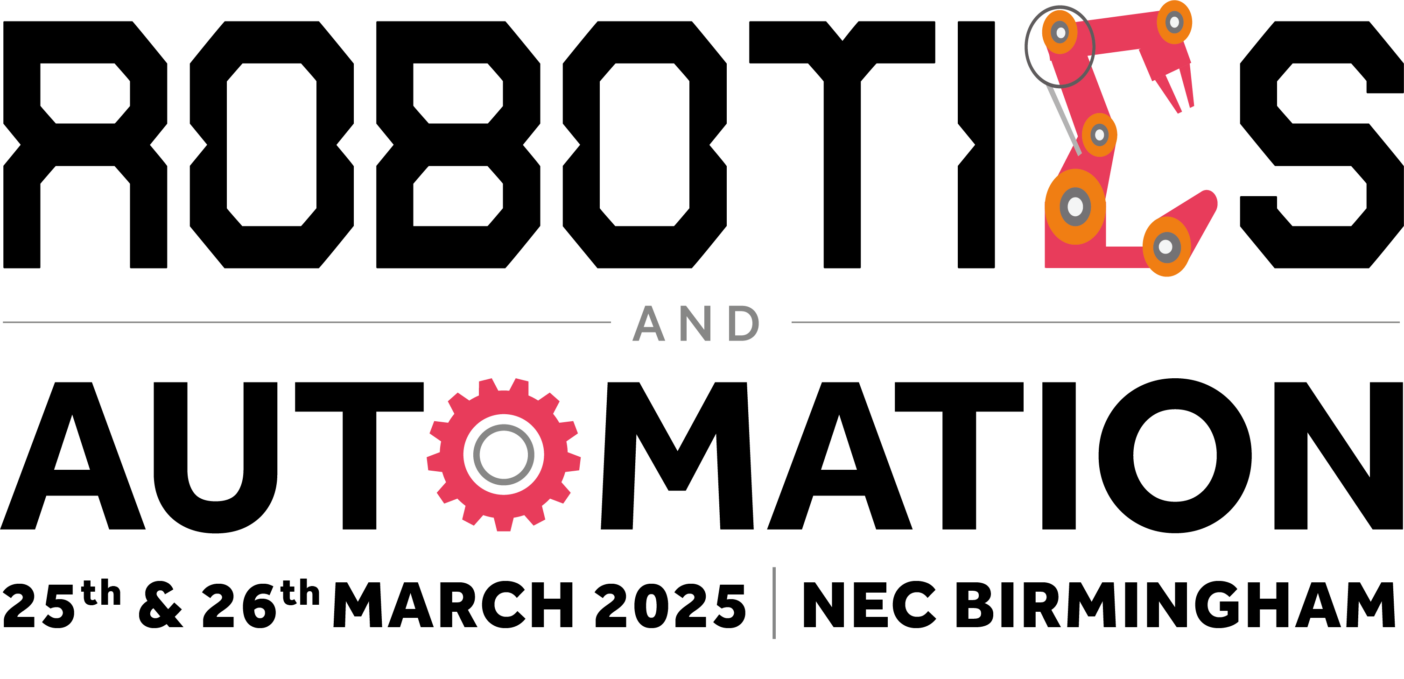Santander Consumer Bank, a subsidiary of Banco Santander, has reportedly saved over US$2m (£1.5m) and more than 30,000 hours by using an intelligent automation platform.
After an initial pilot across Norway, Sweden, Denmark and Finland, Santander set up a central team to manage the governance and structure of the bank’s robotic process automation (RPA) implementation. The financial institution then deployed 150 intelligent bots from Automation Anywhere running across four Nordic countries to deliver increased process efficiencies from the front office to the back-office.
Santander offers personal loans, car finance, insurance and other financial services products to over two million customers in the Nordic region. Before implementing RPA, the processing of loans and financial applications was a manual process. By automating the process, Santander said it was able to increase efficiency and improve the customer experience by processing and updating all account activity in real-time.
Overall, Santander estimates it saved more than 30,000 hours in processing time in 2019. The decrease in manual work has reportedly resulted in improved customer service and alleviated delays in account updates. An additional benefit is said to be enhanced employee satisfaction as time saved has allowed employees to spend more time with customers and meet service level agreements without having to work overtime.
“With the implementation of intelligent automation, our customers always win,” said Nina Moller, back office subject matter expert, Santander Consumer Bank. “Employees are also freed up to focus on providing the best level of customer service, and the intelligent bots ensure information is available in real-time and with near 100% accuracy. Automation Anywhere’s platform is scalable, intuitive and easy to work with, which has enabled us to automate all front and back office processes and achieve great ROI in less than 12 weeks.”
Santander said it plans to expand the use of bots from operations and finance to its compliance and human resource departments, where digital workers will operate alongside human counterparts.








